Objectives of the service

To be competitive in the high-end professional sports sector, a lot of data must be collected and analyzed. Outside of the major sports such as football or ice hockey, data collection in biathlon, cross-country skiing or alpine skiing is done manually and involves tedious manual analysis. Often, with a training group of 10 athletes, only one coach is responsible just for manual data collection during training.
Thanks to our motion tracker and the Oculus analysis platform, data collection is completely automatic. The trainers now have time to concentrate on their actual task during training, namely coaching. Simultaneously, trainers have access to analyses that were unimaginable with manual data collection. For example, extract the average speed between 2 points on the map or measure the time between lying down and the first shot in biathlon. All this is achieved through graphical programming in our Oculus platform.
Users and their needs
During the feasibility study, we are focussing on 2 sports: biathlon and rowing. In biathlon, we work together with the Austrian Ski Association, while the Swedish Olympic Committee is our development partner for rowing. The two sports are fundamentally different, but they have one thing in common: a large amount of data is currently recorded manually and only analysed in rudimentary form.
| Needs | Challenges | |
|---|---|---|
| Automatic data collection | Easy-to-use, reliable sensor with fast data transmission. | |
| Easy-to-use system (for trainers / athletes) | Find a way to fully satisfy both sides. An easy-to-use system that coaches want to use and at the same time cover the complex requirements of sports scientists. | |
| Creation of complex analyses (for sports scientists) | ||
| Quick and easy analysis on the training ground (immediate feedback for athletes) | High-speed data transfer, pre-configuration of templates for fast analysis. | |
| Customisable reports | High flexibility but still ensure comparability of results. | |
| Learning system: recognises certain movement sequences and automatically classifies them, e.g. different techniques in biathlon. | Possibility to implement sport-specific code defined by the user in the analysis software. | |
Service/ system concept
The solution for a biathlon team consists of several motion trackers (one per athlete), a WiFi hotspot (e.g. the smartphone) and our cloud-based analysis software. The motion tracker continuously records a variety of different data such as position, speed, acceleration and rotation. As soon as the tracker is in the range of a WiFi hotspot, the data is uploaded to our cloud system within a few seconds. The Oculus analysis platform processes all recorded data and extracts the desired key performance indicators.
This extraction is defined in advance by the coach using a template. The results are therefore available within a few seconds. As a result, the coach receives, for example, an analysis of all intermediate times of his athletes or the time until the first shot (time span between lying down and first shot). Another form of result is the graphical representation on the map. The various techniques used by the athletes, for example, are plotted on the GNSS track.

Space Added Value
Space technologies (Sat Navigation) are the foundation of our product. One rather unnoticed feature of Sat Nav is essential to our platform: Precise timing. All our systems use the precise time information to synchronize multiple data sources. For example, the timing system is used to trim data of our motion tracking system and synchronize all the captured data with video footage of previously unseen precision.
Without GNSS, the synchronization of sensor data, video and time measurement would be very cumbersome. The devices would have to be synchronized with each other every time they are switched on. GNSS is our unique selling point, in other words the quick and easy synchronization of our systems.
For simple and accurate positioning and speed measurement, GNSS is the only alternative anyway.
Current Status
Use photos, maps or screen grabs in this section.


The OCULUS project has reached an important stage in its rowing-focused development. On the software side, we implemented sport-specific KPIs, including stroke rate, distance per stroke, and speed, enabling precise and actionable performance insights for athletes and coaches. In parallel, the hardware prototype was refined with an adapted mounting solution to ensure secure placement during training and competition, alongside enhanced waterproofing of the enclosure to withstand challenging winter and outdoor conditions. These targeted improvements mark a significant step toward delivering a robust, sport-optimized tracking and analytics solution for rowing.
We recently attended the Rowing World Cup in Italy, where we established valuable connections with the Italian rowing team and leading boat manufacturer Filippi. Initial discussions with Filippi have opened the door to a potential collaboration aimed at integrating our sensors directly into their boats, creating a seamless, high-precision performance tracking solution for athletes.
Following the successful integration of the rowing KPIs into the production system, we are pleased to announce the completion of Work Package 5: “Testing & Validation.”



